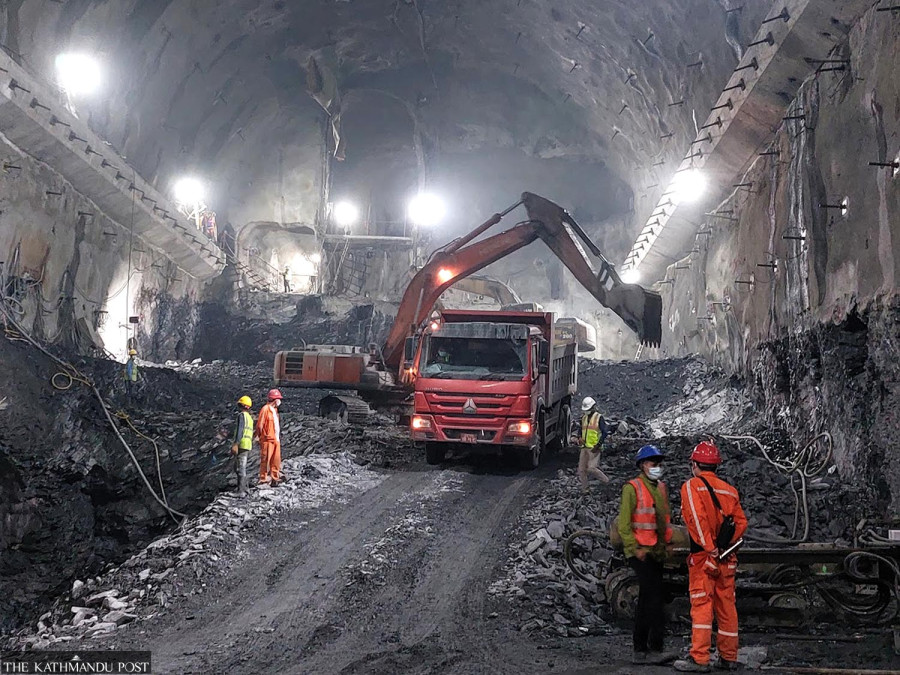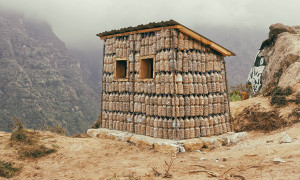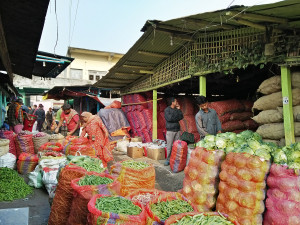Money
FDI commitments rise 5.88 percent in first half
Nepal received investment pledges worth Rs23.39 billion for 200 projects in the period.
Post Report
Nepal’s foreign direct investment commitments increased 5.88 percent in the first six months of the current fiscal year ended mid-January. Officials said the increase, in both pledges and actual FDI, was not as expected.
According to the Department of Industry, Nepal received investment pledges worth Rs23.39 billion for 200 projects during the review period. These FDI commitments promise to generate employment for 9,890 people.
Prashant Bohara, director of the Foreign Investment and Technology Transfer Division at the Department of Industry, said that FDI pledges fluctuate monthly. However, introducing the automatic route for FDI has recently contributed to an increase in pledges.
The automatic route, launched during the third Nepal Investment Summit held on April 28–29, allows foreign investors to invest in certain sectors without requiring prior approval from government authorities. Officials highlighted that this process saves investors’ time.
In the fiscal year's first half, investment commitments were primarily for small-scale industries. The department reported commitments of Rs14.81 billion for 193 small-scale projects, Rs7.80 billion for four large-scale projects, and Rs775 million for three medium-scale projects.
The highest FDI commitments were in the tourism sector, amounting to Rs16.26 billion for 141 projects.
Similarly, Rs4.55 billion was pledged for 29 service sector projects, Rs1.64 billion for 18 manufacturing sector projects, Rs721 million for agro- and forestry-based projects, and Rs241.20 million for information and communication technology (ICT) projects.
During the review period, the industry department recommended business visas for 1,244 investors, 186 representatives, and 422 dependents. Non-tourist visa recommendations were made for 40 advertisements and 10 technology transfer agreements.
According to the Nepal Development Update of October last year by the World Bank, FDI inflows are projected to remain low despite efforts to attract more investment.
The report highlighted that low FDI remains a significant weakness. Remittances continue to surpass both FDI and official development assistance as a critical source of foreign exchange.
The report revealed that the contribution of net FDI to GDP has been consistently declining in recent years. With less than 1 percent of GDP, Nepal’s FDI levels are among the lowest compared to similar countries.
Restrictive FDI policies, a lengthy process for hiring foreign workers, and difficulties in profit repatriation are key barriers.
In the first three months of the current fiscal year, FDI accounted for only 0.1 percent of GDP.
The central bank’s macroeconomic report showed that FDI inflows declined to Rs3.93 billion in the first five months of the fiscal year, compared to Rs6.03 billion in the same period the previous year.
Over the past decade, Nepal received FDI commitments totalling Rs395.92 billion, but only Rs126.29 billion, or 37.89 percent of the pledged amount, has materialised, according to a central bank report. In the last fiscal year, only 13.57 percent of the committed Rs61.90 billion was realised, amounting to Rs8.4 billion in actual investment.
In November last year, Fitch Ratings assigned Nepal a long-term foreign-currency Issuer Default Rating (IDR) of 'BB-' with a stable outlook. The rating reflects Nepal’s low and highly concessional government and external debt burdens, strong external liquidity, and growth prospects driven by the hydropower sector.
However, experts said the BB- rating indicates Nepal is not considered investment-friendly, with no significant improvement in its business climate.
The World Investment Report 2024, published by the United Nations Conference on Trade and Development, stated that FDI inflows to least developed countries declined to 31 percent in 2023 from 27 percent in 2022.
In South Asia, FDI inflows decreased to 36 percent from 58 percent during the same period.




 7.12°C Kathmandu
7.12°C Kathmandu













